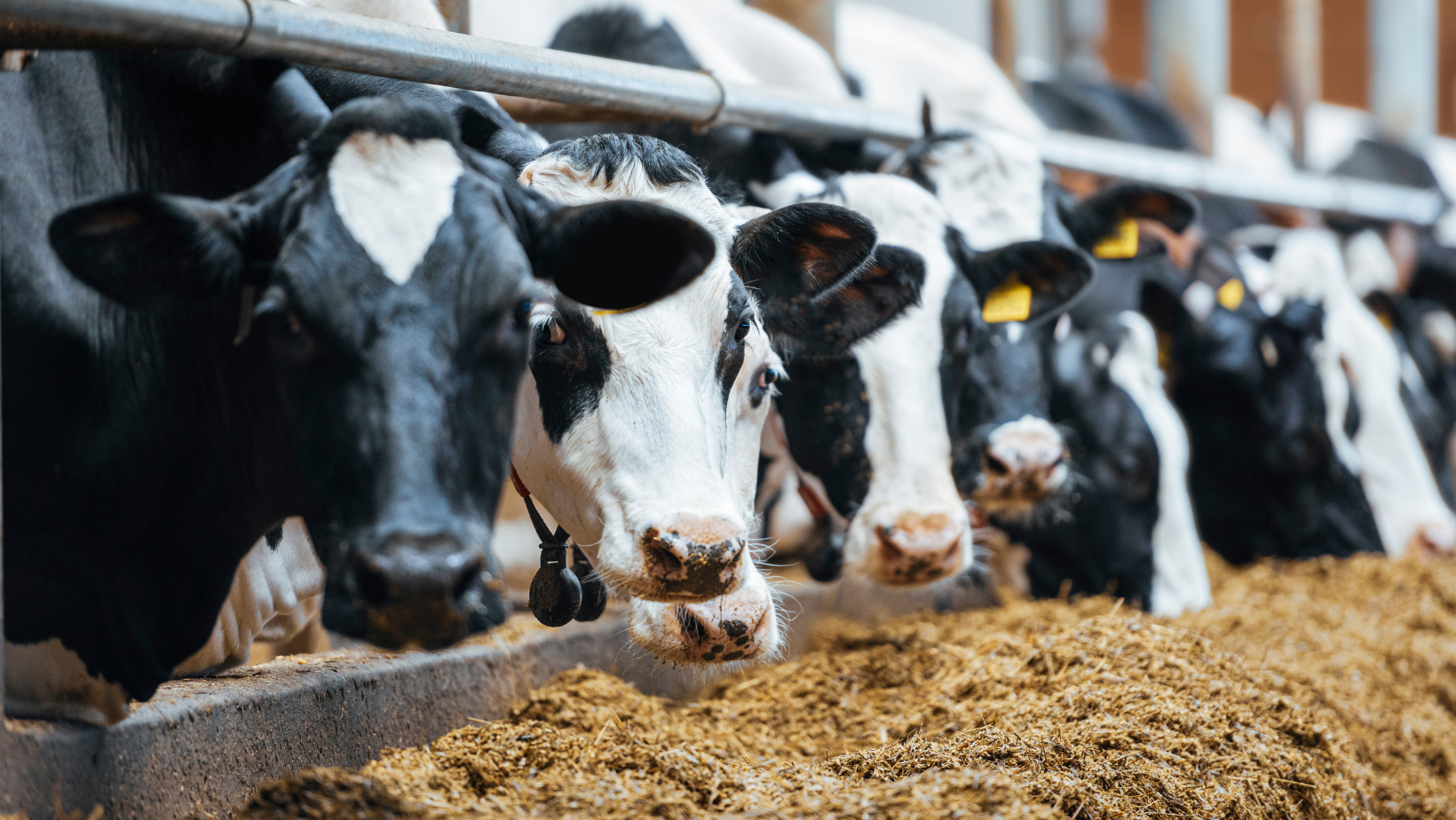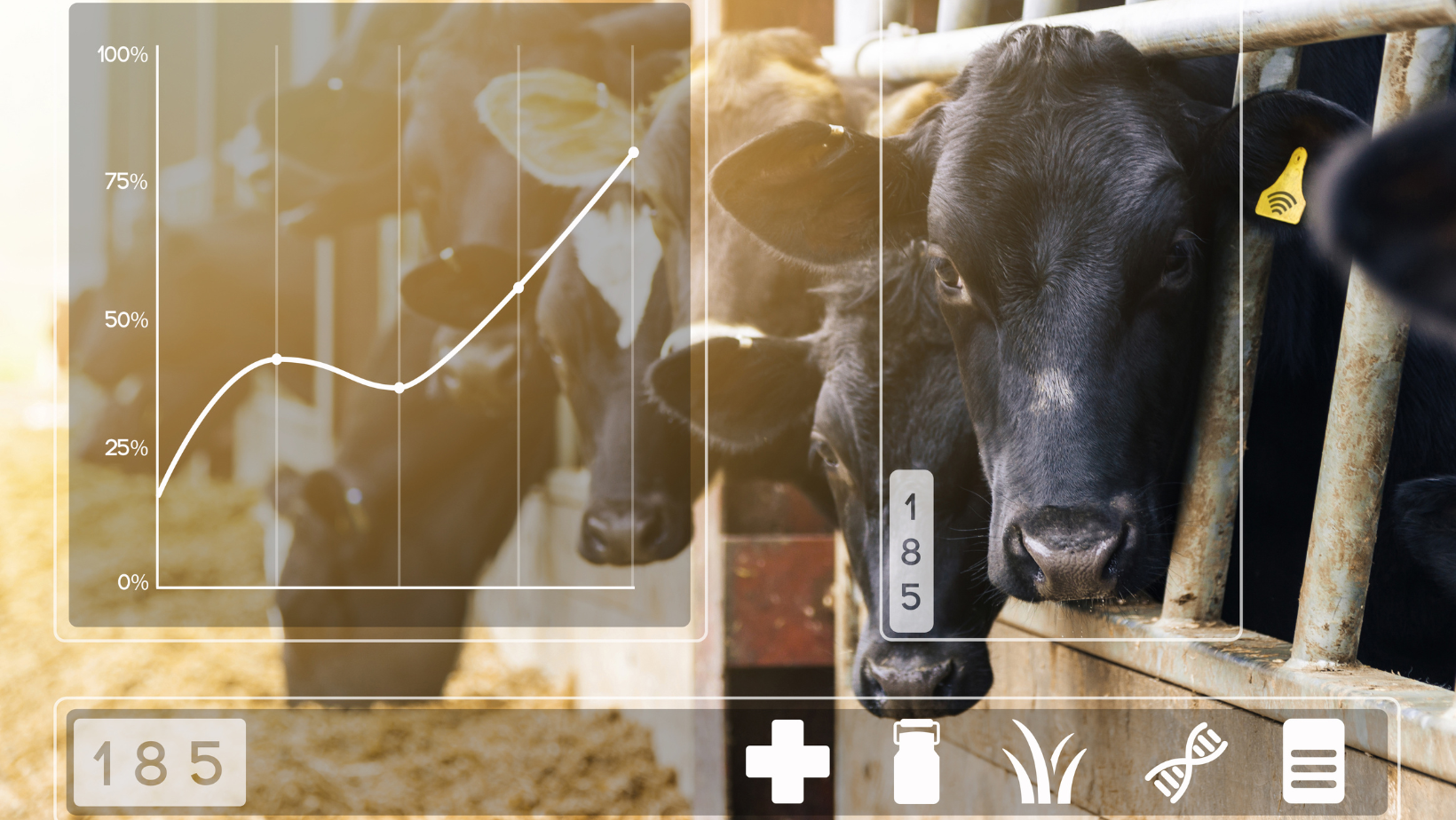Maximizing Pooling: Leveraging Automated Tools to Save Time and Improve Performance in Dairy Supply Chains

In the intricate world of dairy supply chains, efficiency and fairness are extremely important. One of the key mechanisms ensuring both is milk pooling. In its simplest form, pooling is a mechanism designed to protect producers, ensuring that everyone receives a fair price for the milk they produce, regardless of its final use. We’re going to explore the factors associated with dairy supply chains, focusing on raw milk, and how leveraging automated tools can save time and improve performance.
Understanding Milk Pooling
Milk pooling is a pivotal concept in dairy supply chains. At its core, it is a system that allows producers to aggregate their milk production, contributing to a collective pool. This pool is then used to balance the varying quality and quantity of raw milk supplied by different producers. The primary goal of milk pooling is to ensure that every dairy farmer is compensated fairly, regardless of the ultimate use of their milk.
The complexity of milk pooling arises from the diverse uses of raw milk within the dairy industry. Some milk is destined for cheese production, while others go into butter, yogurt, or even powdered milk. The milk pooling system guarantees that producers receive equitable compensation, whether their milk is utilized for high-value products like cheese or lower-value products like milk powder.
Factors Associated with Dairy Supply Chains
To grasp the significance of milk pooling in dairy supply chains, it's important to consider the factors that influence these systems:
- Diversity in Milk Usage: The dairy industry is a diverse landscape, with different products requiring specific qualities of raw milk. For instance, cheese production demands milk with particular fat and protein content, while milk powder may have different criteria. Milk pooling acts as an equalizer, ensuring that dairy producers are not unfairly penalized for producing milk tailored to lower-value products. This means that whether a farmer's milk is destined for high-end cheese or basic milk powder, they receive equitable compensation.
- Geographical Variances: Geographical variations in dairy farming are vast, influenced by factors such as climate, soil composition, and cow diet. These variations can impact the quality of raw milk produced. Milk pooling becomes a strategic solution to mitigate these geographical variances. By amalgamating milk from diverse regions, the pooling system helps create a balanced and consistent supply, regardless of the challenges posed by different geographic locations. This ensures that consumers receive a standardized product, irrespective of where it originated.
- Fair Compensation: Milk pooling goes beyond just ensuring consistent quality; it's about recognizing and compensating farmers fairly for their overall contribution. Each dairy producer plays a crucial role in the collective pool, and regardless of variations in individual milk quality, fair compensation is guaranteed. This fosters a sense of collaboration and equity within the dairy supply chain, encouraging farmers to focus on optimal production without fearing financial discrepancies based on the end use of their milk.
- Supply Chain Efficiency: Streamlining Processes for Optimal Performance: Efficient supply chain management is a cornerstone of success in the dairy industry. Milk pooling, by aggregating milk from multiple sources, becomes a catalyst for enhanced supply chain efficiency. This aggregation helps in minimizing the risks of bottlenecks or shortages. A streamlined supply chain ensures that raw milk moves seamlessly from farms to processing facilities, reducing delays and optimizing the overall performance of the dairy supply chain. This efficiency not only saves time but also contributes to the economic viability of the entire system.
In summary, these specific factors underline the critical role of milk pooling in addressing the unique challenges of the dairy supply chain. By addressing the nuances of diverse milk usage, and geographical variations, ensuring fair compensation, and optimizing supply chain efficiency, milk pooling emerges as a strategic mechanism that not only benefits individual farmers but contributes to the resilience and success of the entire dairy industry.
Leveraging Automation for Improved Performance
In today's fast-paced dairy industry, time-saving and performance improvements are essential. Automated tools, such as dairy supply chain software, play a critical role in achieving these goals. These components contain:
- Data Integration: Automated dairy supply chain software revolutionizes the way data is handled. It goes beyond mere collection, streamlining the integration of data from diverse farms and supply chain partners. This integration isn't just about amassing information but creating a seamless collaborative ecosystem. From individual farm production figures to transportation schedules, the software ensures that every piece of data fits together cohesively. This not only simplifies the management of the milk pooling process but also fosters efficient communication and cooperation among all stakeholders in the dairy supply chain.
- Quality Control: Quality is non-negotiable in the dairy industry, and automated tools take quality control to a new level. Through real-time monitoring, the software keeps a vigilant eye on milk quality parameters. Any deviations from the required standards trigger immediate alerts, ensuring that only milk meeting the highest quality benchmarks makes its way into the pooling system. This precision in quality control not only upholds product integrity but also safeguards the reputation of dairy corporations, instilling confidence in consumers and partners alike.
- Real-time Analytics: In the dynamic dairy landscape, decisions need to be swift and informed. Automated tools provide real-time analytics, offering a comprehensive and up-to-the-minute view of the supply chain. This isn't just about hindsight analysis; it's about empowering dairy corporations to make proactive, data-driven decisions. Whether it's adjusting production quotas based on demand fluctuations or optimizing transportation routes, real-time analytics ensure that every move is strategically calculated, contributing to the overall efficiency of the milk pooling process.
- Efficient Allocation: Allocation of raw milk is a delicate balance, and automated tools excel in this aspect. They go beyond the rudimentary task of assigning milk to product lines; they optimize resource utilization for maximal profits. The software factors in various parameters, from production capacities to market demand trends, ensuring that each drop of raw milk is strategically allocated. This not only prevents wastage but also maximizes the economic returns for dairy corporations, contributing to the financial sustainability of the entire supply chain.
Milk Moovement: Maximizing Capabilities
Let's focus on how a dairy supply chain software like Milk Moovement can maximize the capabilities of milk pooling in dairy supply chains. Milk Moovement is a cutting-edge solution that offers several benefits:
- Efficient Data Management: Milk Moovement simplifies data collection and processing, ensuring every piece of information is handled accurately. It turns data into a strategic asset, orchestrating a seamless flow from farms to supply chain partners, contributing to fairness and transparency in milk pooling.
- Real-time Quality Monitoring: No compromises on quality. Milk Moovement acts as a vigilant sentinel, continuously monitoring milk quality in real time. Any deviations trigger immediate alerts, maintaining not just good but consistently exceptional product standards.
- Performance Optimization: Milk Moovement is a strategic optimizer for supply chain processes. It goes beyond traditional optimization, factoring in production capacities, logistics, market trends, and consumer demands. This precision maximizes efficiency and slashes operational costs without compromising quality or fairness.
- Fair Compensation: Trust and collaboration are non-negotiable. Milk Moovement automates the milk pooling process, guaranteeing fair compensation calculated meticulously based on each producer's contribution. It fosters trust, creating a collaborative ecosystem within the industry.
In the dynamic world of dairy supply chains, milk pooling stands as a vital mechanism to ensure fairness and efficiency. Leveraging automated tools, like Milk Moovement, not only saves time but also significantly enhances performance in this critical process. By utilizing such software, dairy corporations can streamline their operations, maintain consistent product quality, and guarantee fair compensation to their producers. As we continue to navigate the complex landscape of the dairy industry, these innovative solutions will play an essential role in the success and sustainability of dairy supply chains.
-1.png?width=2649&height=724&name=MM%20Logo%20-%20Horizontal%20(Digital%2c%20Png)-1.png)

